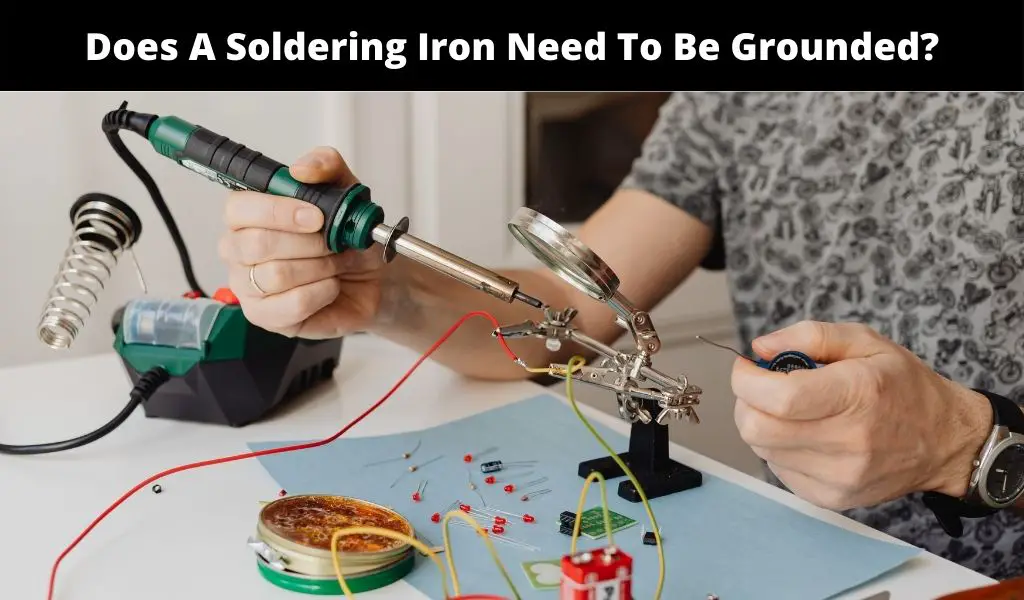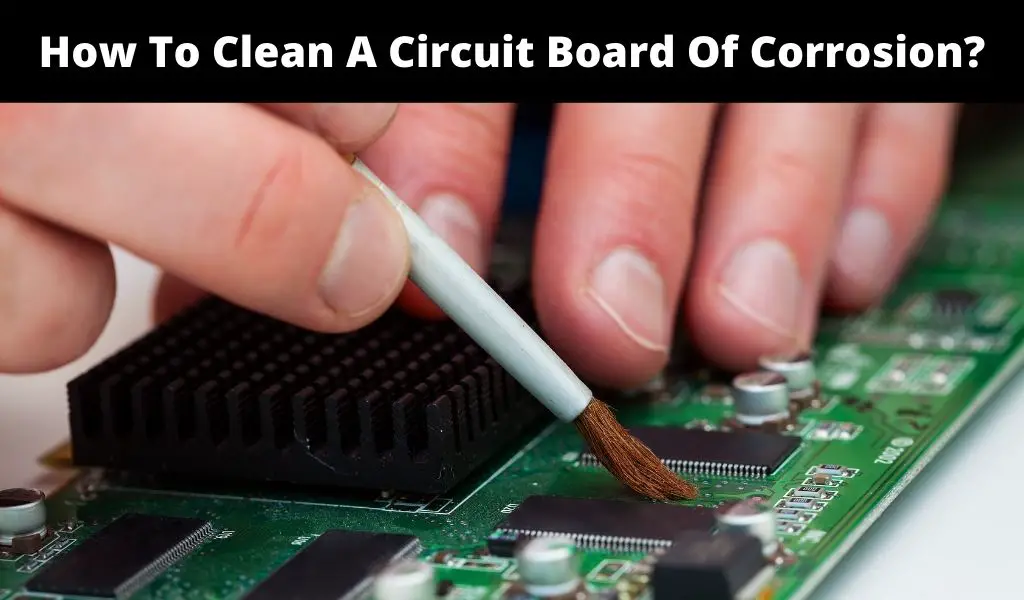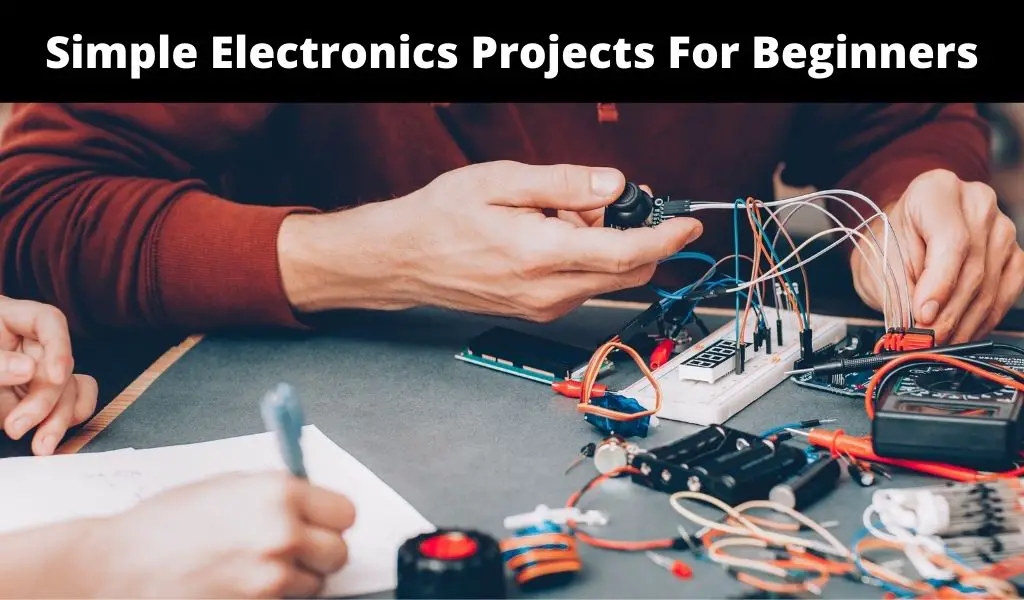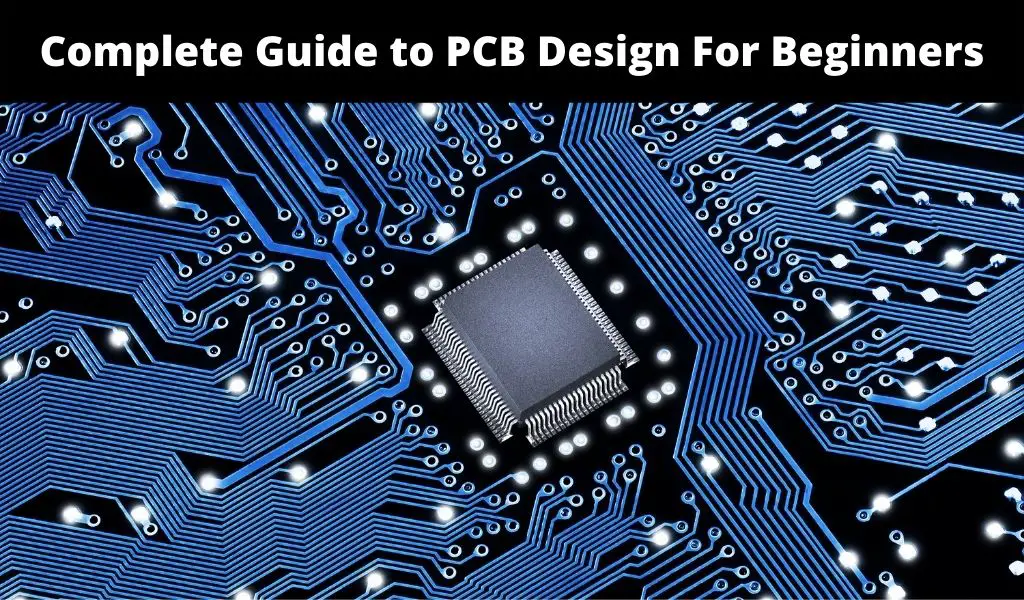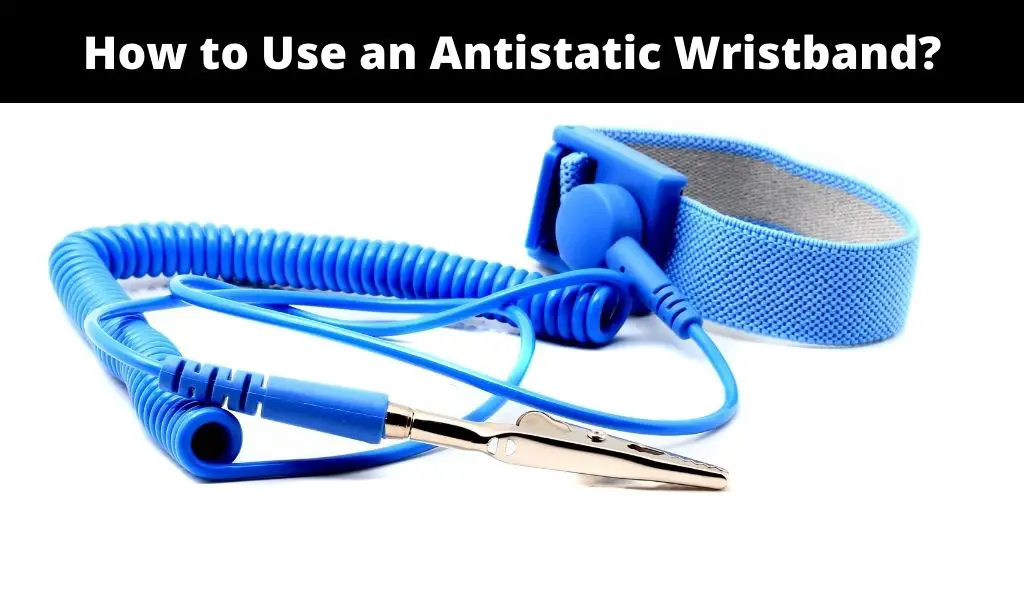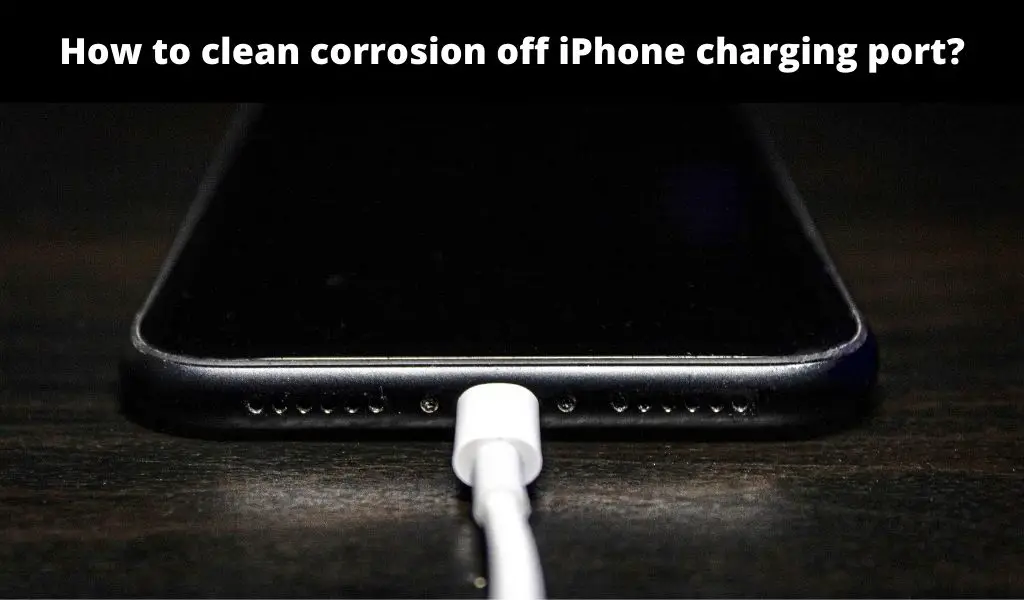Soldering irons and soldering stations are used in industries and by enthusiasts as well. The tip of the soldering iron or the soldering rod is made of a conductive metal. One common question we get is whether or not the tip should be grounded.
Does A Soldering Iron Need To Be Grounded?
For safety, the tip of the soldering iron must be grounded properly. Apart from the safety of the people who are doing soldering, the grounding of the soldering iron is also important for the sake of the quality of the work. For instance, any static electricity that may build up on the tip can be safely discharged to ground instead of potentially causing a spark or electrical shock that could harm the person or the components.
EOS and ESD
The modern-day electronic assembly uses a variety of soldering stations. Electronics have also evolved during the last few decades. Now, the printed circuit boards and components are much more sensitive to electrostatic discharge (ESD) and electrical overstress (EOS).
The exposure of a PCB board or a component to a current and voltage strength that is outside its operational characteristics/range is called electrical overstress. There is no single maximum rating for all the boards and components.
Manufacturers have to provide the EOS rating and configuration of the board and the component. EOS can be a cause of malfunctioning, damage, or accelerated aging of the sensitive components and devices.
ESD occurs when the board and the component have different voltage potentials and there is a transfer of voltage from one to another. The component may be affected by EOS when it occurs. However, if the electrostatic potential of the two materials is well balanced, there will be no ESD.
Loss of ground is one of the important causes of EOS. A component or a PCB being soldered and the soldering iron tip come in direct contact. The tip contacts the sensitive board or device. Therefore, there may be issues if it is not grounded. EOS and EDS may also occur due to other devices.
A bench may also contain wiring tweasers and test equipment among other materials. These other materials may come in contact with a board or a component and can be a source of EOS or EOD. Other causes of EOS include noise from the power lines or the ground, ungrounded power tools (such as electric screwdrivers), and inadequate or missing protection from ESD.
In such a scenario grounding the soldering iron’s tip is important for ensuring the safety of the components or the board. PCBs can be further protected from ESD/EOS by ensuring:
- Use of an ESD wrist strap on the user.
- Grounding of the different tools and working surfaces that are being used for soldering.
- Removing all kinds of materials that produce a static charge in the vicinity.
- Transporting, storing, and handling the PCBs through protective packaging materials such as ESD bags.
How to Know if the Soldering Iron Tip is Grounded
A method for testing whether the tip of the soldering iron is grounded is to perform a continuity test with a multimeter. First, you will want to turn off and unplug your soldering iron from the power source. Then, grab your multimeter and set it to continuity mode. The symbol usually looks like a sound wave. You can quickly touch the two probes together to make sure that the mode is working. Once you know the mode is working, touch one probe to the metal part of the soldering iron that you suspect is grounded, such as the tip or metal casing. Touch the other probe to the ground prong of the power connector. If there is continuity between the soldering iron and the ground point, then your iron is grounded.
Certification
Certain certifications reveal that a product and a soldering iron station have passed through rigorous testing methods. For instance, the products that follow the ESD safe and the ANSI certifications are tested by independent testing laboratories. If you find a soldering station that has the “ESD safe product” badge, it will have a grounded soldering iron.
It is one of the factors that are evaluated before providing certification. Grounding provided by the operator can be of utmost importance. The grounding system can be built into the soldering iron or station, which will ensure that it is entirely safe for use and the components.
The grounding of the other soldering tools that are being used for the process is also important. There are certain leading and renowned manufacturers of soldering iron and soldering iron stations that can provide you with soldering equipment that is grounded. This equipment comes along with the necessary certifications.
Other Arrangements
Soldering iron tips can also be turned into self-grounding tips. Spring can be combined with the tip. The spring connects the tip to a heater bobbin. The method can be used for establishing a secure and safe grounding connection of a soldering tip.
The heater bobbin carries a bobbin tube. It retains the tip of the soldering iron. A connection is established between the bobbing tube and the spring. The tip of the soldering iron is grounded through this connection.
It is also important to clean the contact surfaces of both bobbing tubes as well as the spring when the system is plugged in or plugged out. The tube and the spring are contained in a cool area of the iron.
It helps in reducing the rate of metal oxidation. However, reactions may also occur between the metals that are incompatible with each other. To prevent it, the bobbin tube and the spring can be made of compatible or the same materials including stainless steel.
This arrangement ensures that the soldering tip is grounded. It can also provide for better electrical contact between the apertures and the tips. The ground connection here is located away from the source of heat, which provides for further safety. Contaminants and solder fumes cannot reach the arrangement. Therefore, the oxidation rate is also reduced.
Conclusion
The tip of soldering iron is made of a conductive metal which should be grounded for safety reasons. You can look for a soldering iron and soldering station that is ESD safe, and there are numerous options available in the market. There are also methods and procedures to safeguard the soldering iron and the PCBs.

